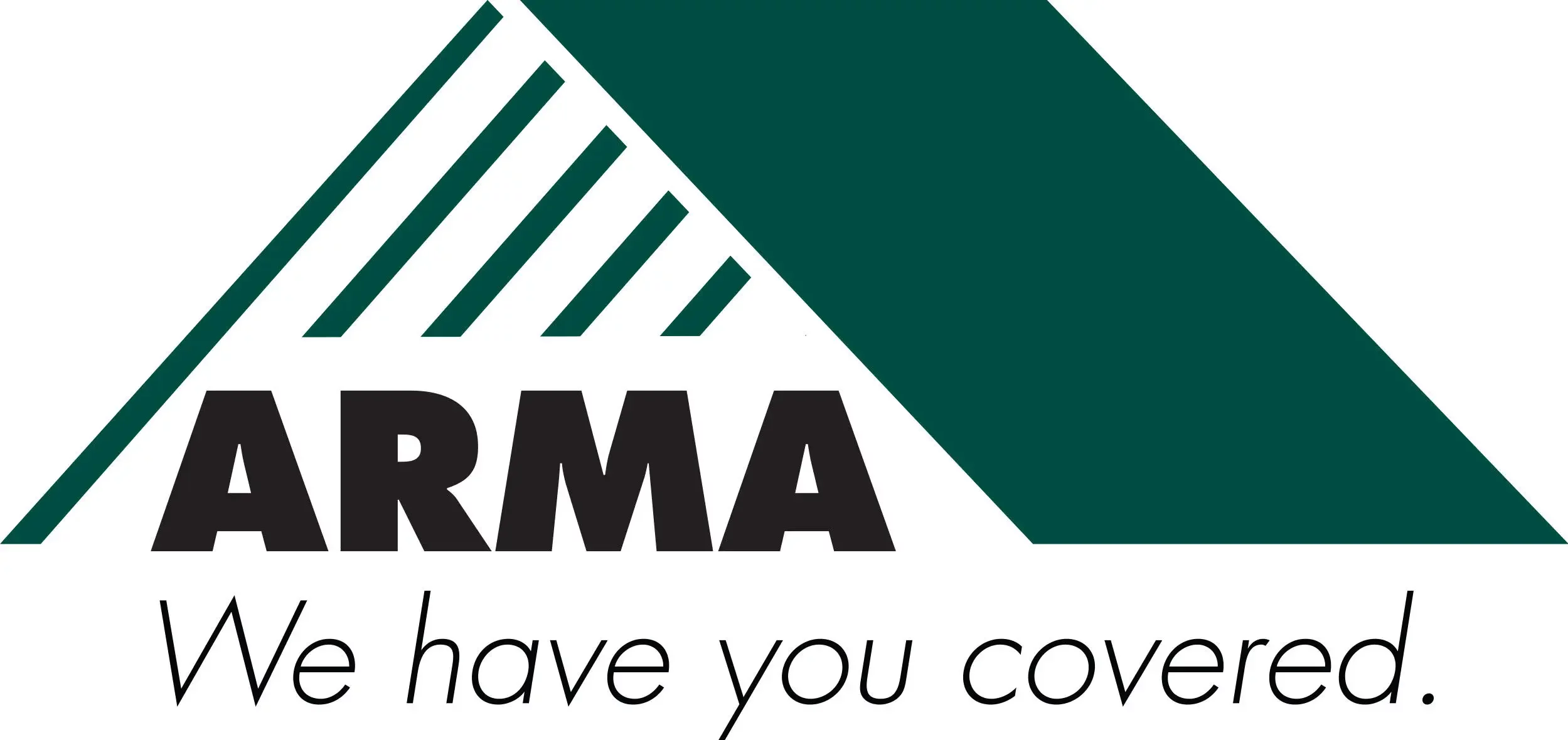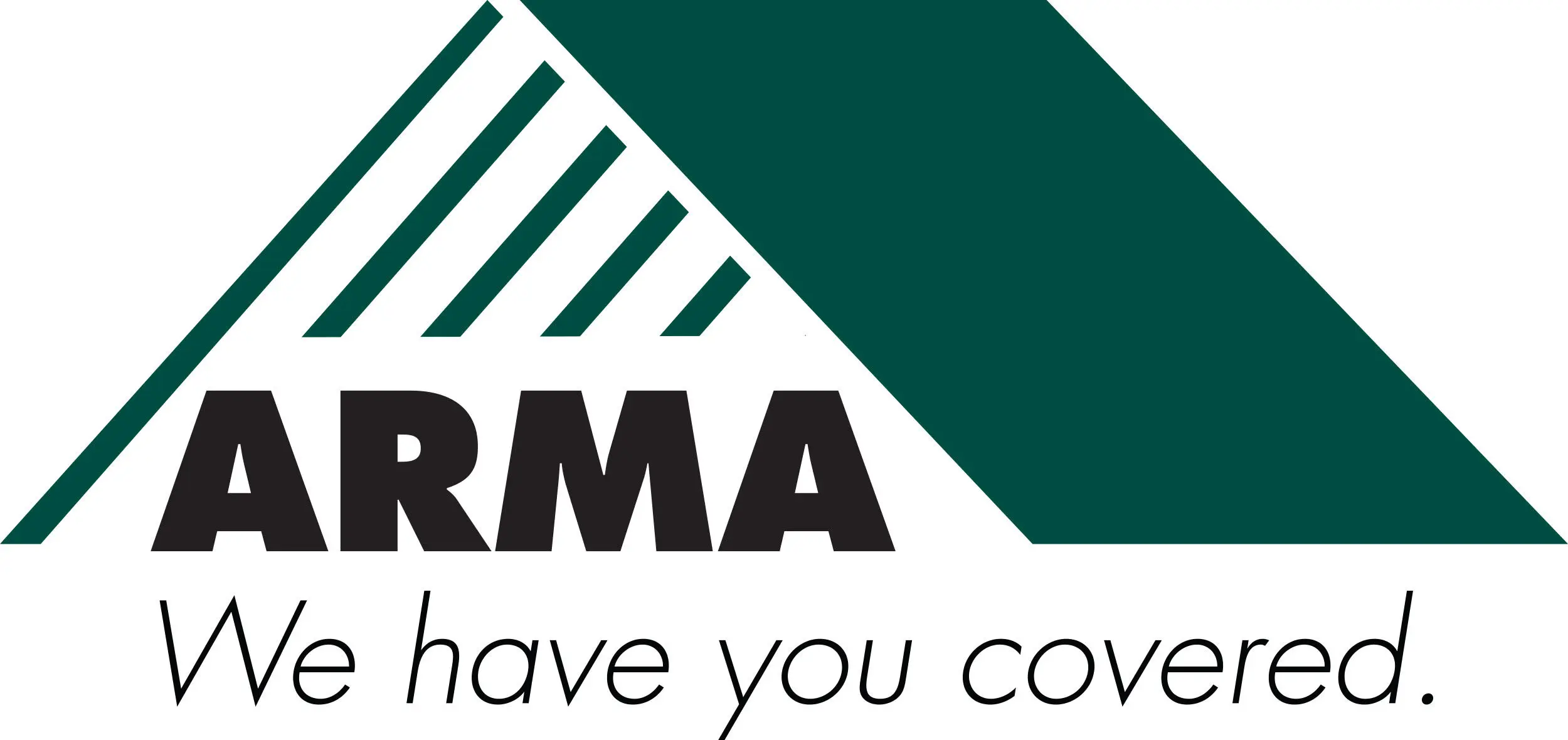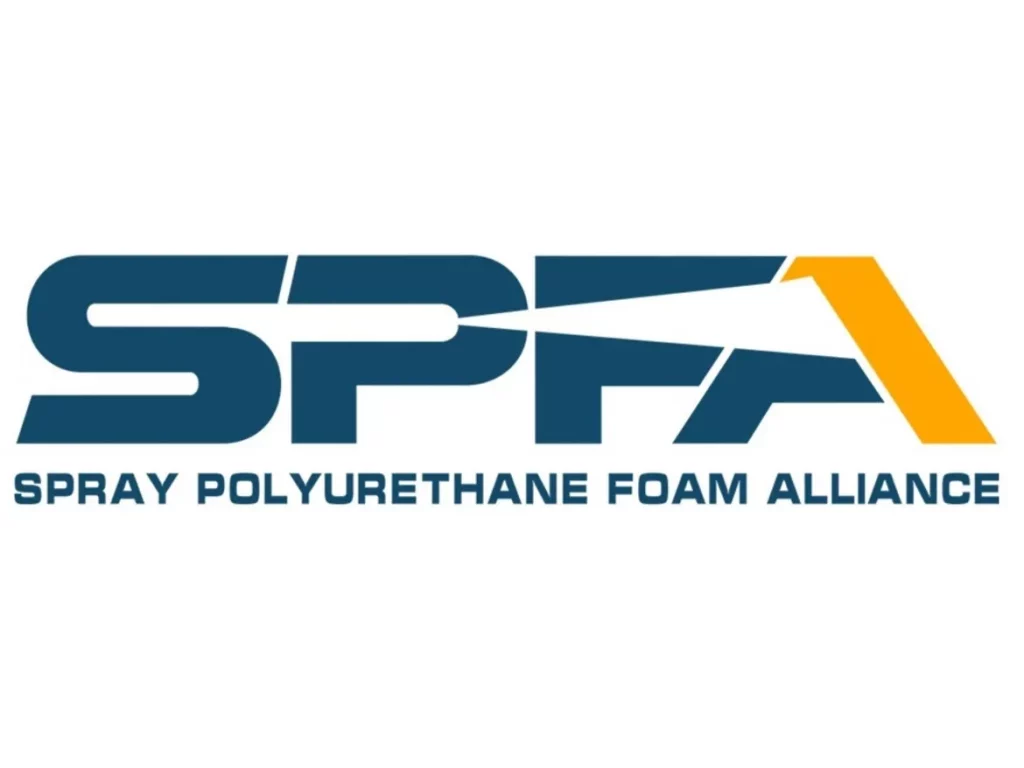Spray foam insulation is a highly effective method for sealing and insulating homes, commercial buildings, and industrial spaces. The thickness of spray foam directly affects its performance, impacting factors such as energy efficiency, structural reinforcement, and moisture resistance. One of the most common questions people ask is whether 3 inches of spray foam is enough for their project.
Factors That Influence Spray Foam Performance
1. Open-Cell vs. Closed-Cell Spray Foam
Spray foam insulation comes in two primary types, and the required thickness varies based on their properties:
- Open-cell spray foam: Lighter, more flexible, and provides excellent soundproofing. It requires greater thickness to achieve the same insulation value as closed-cell foam.
- Closed-cell spray foam: Denser, more rigid, and offers superior moisture resistance. It delivers a higher R-value per inch, requiring less material for similar insulation performance.
2. R-Value and Energy Efficiency
The R-value measures the insulation’s ability to resist heat flow. Here’s how the R-value compares between open-cell and closed-cell spray foam:
- Open-cell spray foam: R-3.5 to R-4 per inch
- Closed-cell spray foam: R-6 to R-7 per inch
At 3 inches, open-cell spray foam provides an R-value of approximately R-10 to R-12, while closed-cell spray foam reaches R-18 to R-21. The effectiveness depends on the climate, local building codes, and the specific application.
Where 3 Inches of Spray Foam Works Best
1. Walls
For standard 2×4 walls, 3 inches of closed-cell spray foam exceeds building code requirements in many regions, offering high insulation and air-sealing properties. However, for open-cell foam, 3 inches may not provide sufficient insulation, especially in colder climates.
2. Roofs and Ceilings
Attics and roof decks often require more insulation to prevent heat loss. Closed-cell spray foam at 3 inches is effective in warmer climates but may need additional layers in colder regions. Open-cell foam typically requires at least 5-6 inches for adequate performance.
3. Crawl Spaces and Basements
In below-grade applications, moisture control is crucial. Closed-cell foam at 3 inches creates an effective vapor barrier and insulation layer, reducing the risk of mold and energy loss.
Is 3 Inches of Spray Foam Enough for Your Project?
The answer depends on:
- Your climate zone: Colder climates require higher R-values.
- Building codes: Some regions have minimum insulation standards.
- Application type: Roofs, walls, and basements have different insulation needs.
- Long-term energy goals: Thicker insulation can lead to better energy savings.
Considering More Insulation? Here’s Why It May Be Worth It
Adding more than 3 inches of spray foam can provide additional benefits:
- Enhanced energy efficiency: Reduces heating and cooling costs.
- Better soundproofing: Particularly for open-cell spray foam.
- Increased moisture protection: More crucial in humid environments.
- Greater structural strength: Closed-cell foam can reinforce walls and roofs.
For expert guidance on the right insulation thickness, contact Arma Coatings at (316) 779-2430 or email [email protected].
Cost vs. Performance Considerations
The cost of spray foam insulation depends on the type and thickness applied. Here’s a general price breakdown:
- Open-cell spray foam: ~$0.40 to $0.65 per board foot
- Closed-cell spray foam: ~$1.00 to $1.50 per board foot
A board foot is one square foot of coverage at one inch of thickness. Applying 3 inches of closed-cell foam will cost more upfront but offers greater efficiency and durability over time.
Alternatives to 3 Inches of Spray Foam
If 3 inches is not enough for your needs, consider:
- Combining insulation types: Using fiberglass or mineral wool over spray foam can improve performance.
- Increasing spray foam thickness: Especially for high-efficiency buildings.
- Applying a hybrid approach: Using open-cell in non-moisture-sensitive areas and closed-cell where higher R-values are needed.
Final Thoughts
Three inches of spray foam insulation provides effective coverage for many applications, but factors like climate, building codes, and specific needs should guide your decision. If you need expert advice, Arma Coatings is here to help. Call (316) 779-2430 or email [email protected] for a consultation.
FAQs
Is 3 inches of spray foam enough for exterior walls?
For closed-cell spray foam, 3 inches often meets or exceeds code requirements. Open-cell spray foam may require more thickness to provide the same insulation.
Can 3 inches of spray foam prevent mold and moisture issues?
Closed-cell foam at 3 inches acts as a vapor barrier, reducing moisture problems. Open-cell foam requires a separate vapor barrier in humid areas.
How long does spray foam insulation last?
Spray foam insulation can last 50+ years when properly installed, making it a long-term investment in energy efficiency.
Is 3 inches of spray foam enough for attics?
It depends on the climate. Closed-cell foam at 3 inches may work in warmer areas, but colder regions often need 5+ inches for adequate insulation.
Does adding more spray foam improve soundproofing?
Yes. Open-cell spray foam absorbs sound better than closed-cell foam, making it ideal for reducing noise in walls and ceilings.
How much does 3 inches of spray foam cost per square foot?
Closed-cell spray foam at 3 inches costs around $3.00 to $4.50 per square foot, while open-cell spray foam is $1.20 to $1.95 per square foot.
Can I install 3 inches of spray foam myself?
DIY kits exist but can be challenging to apply correctly. Professional installation ensures even coverage and maximizes insulation benefits.
Will 3 inches of spray foam meet energy code requirements?
This varies by location. Some regions require higher R-values, meaning additional insulation may be needed.
Can I use 3 inches of spray foam in a metal building?
Yes, but metal buildings often benefit from additional insulation to prevent condensation and energy loss.
How does 3 inches of spray foam compare to traditional insulation?
Closed-cell spray foam outperforms fiberglass and cellulose in R-value, air sealing, and moisture resistance, though it costs more upfront.





